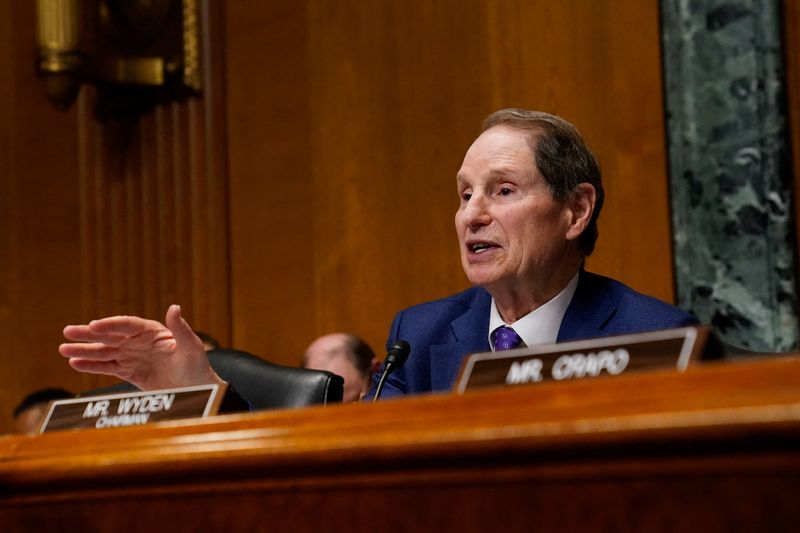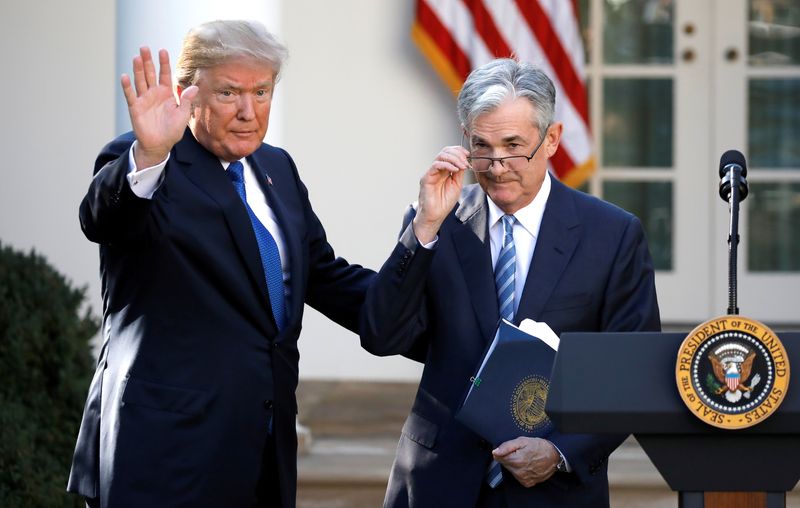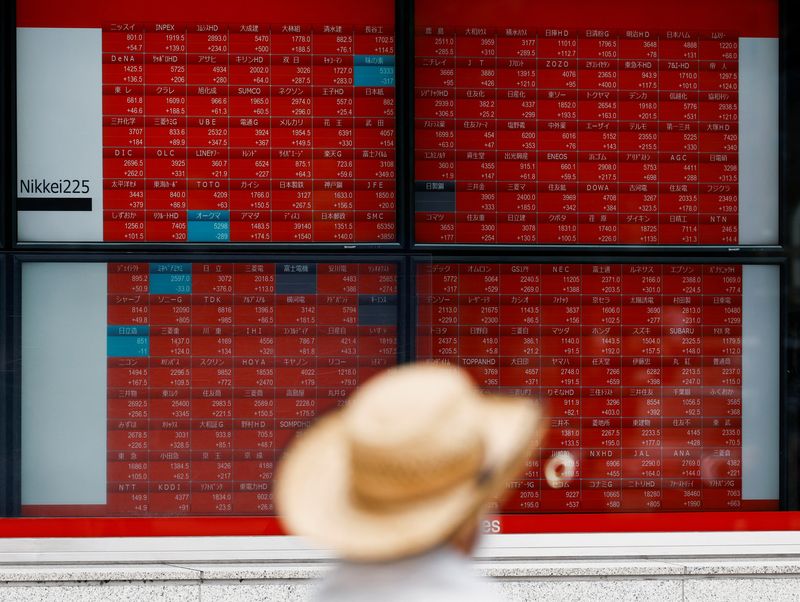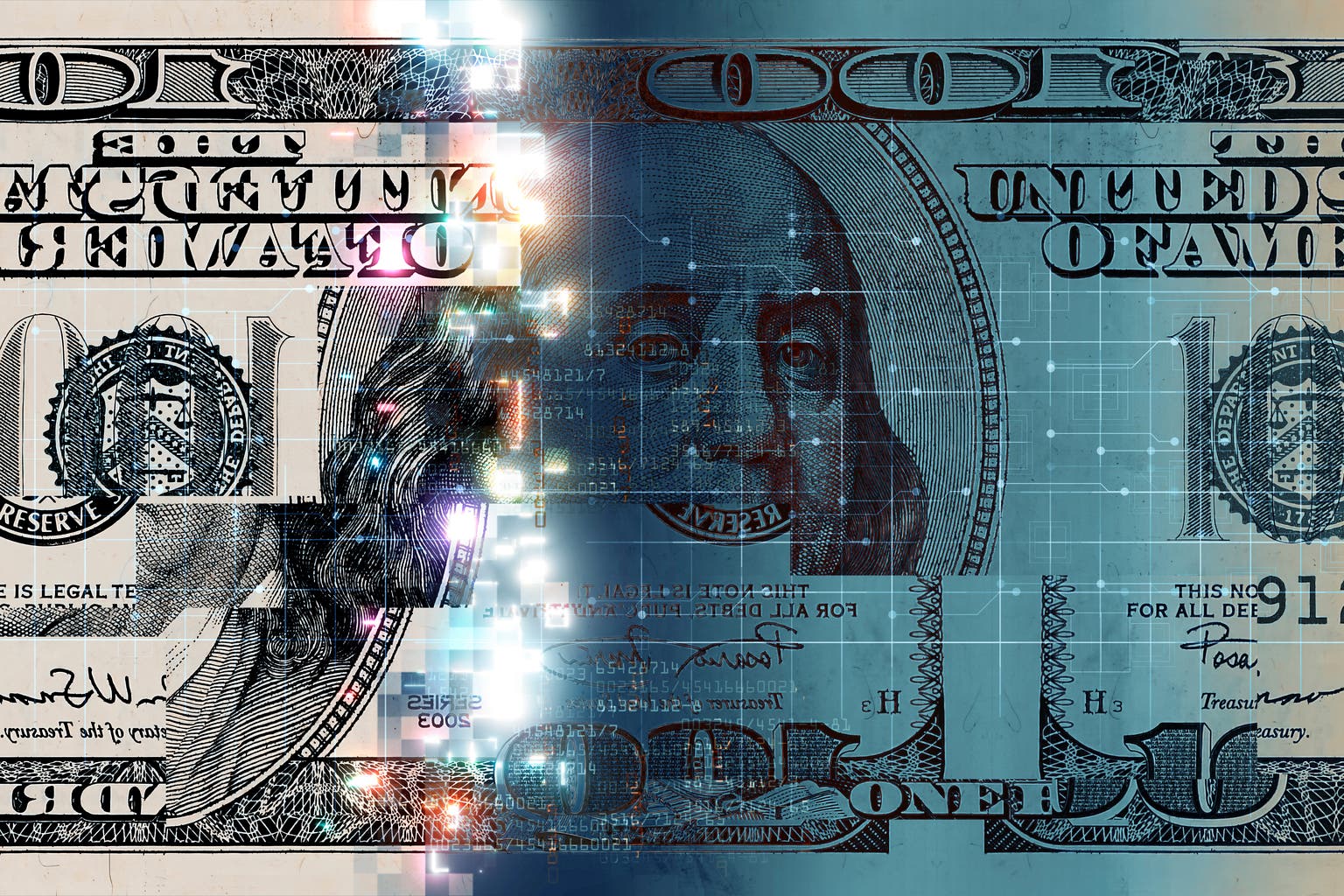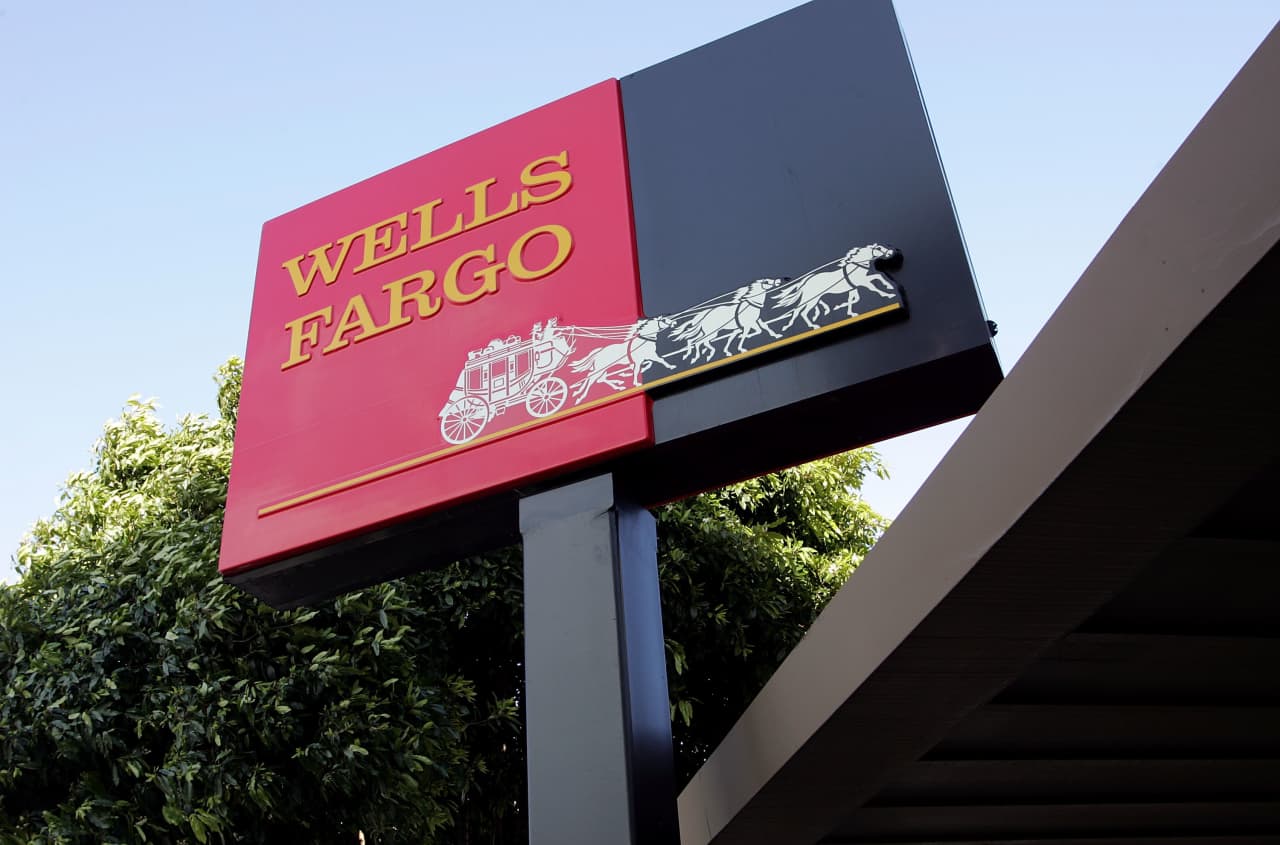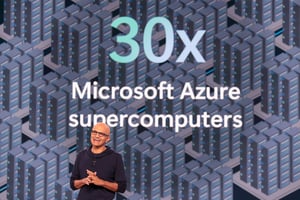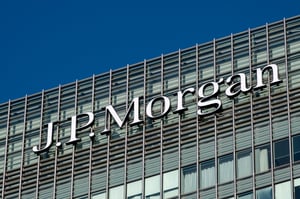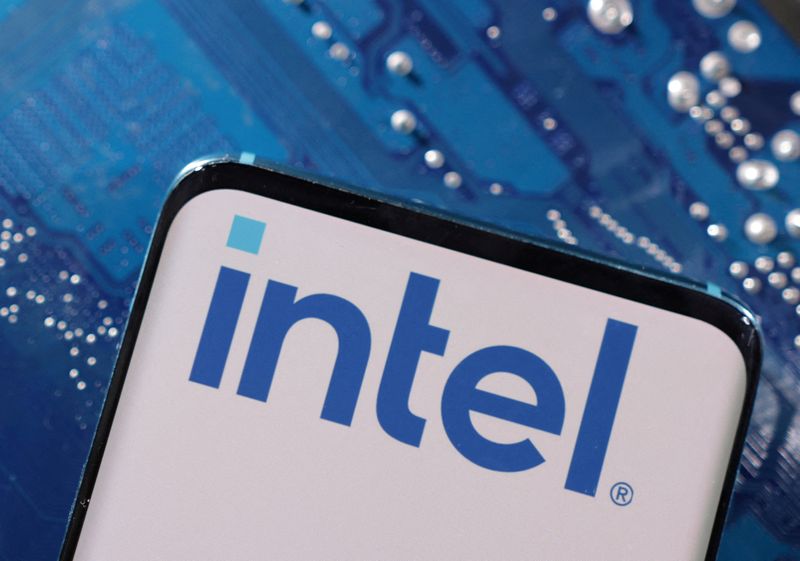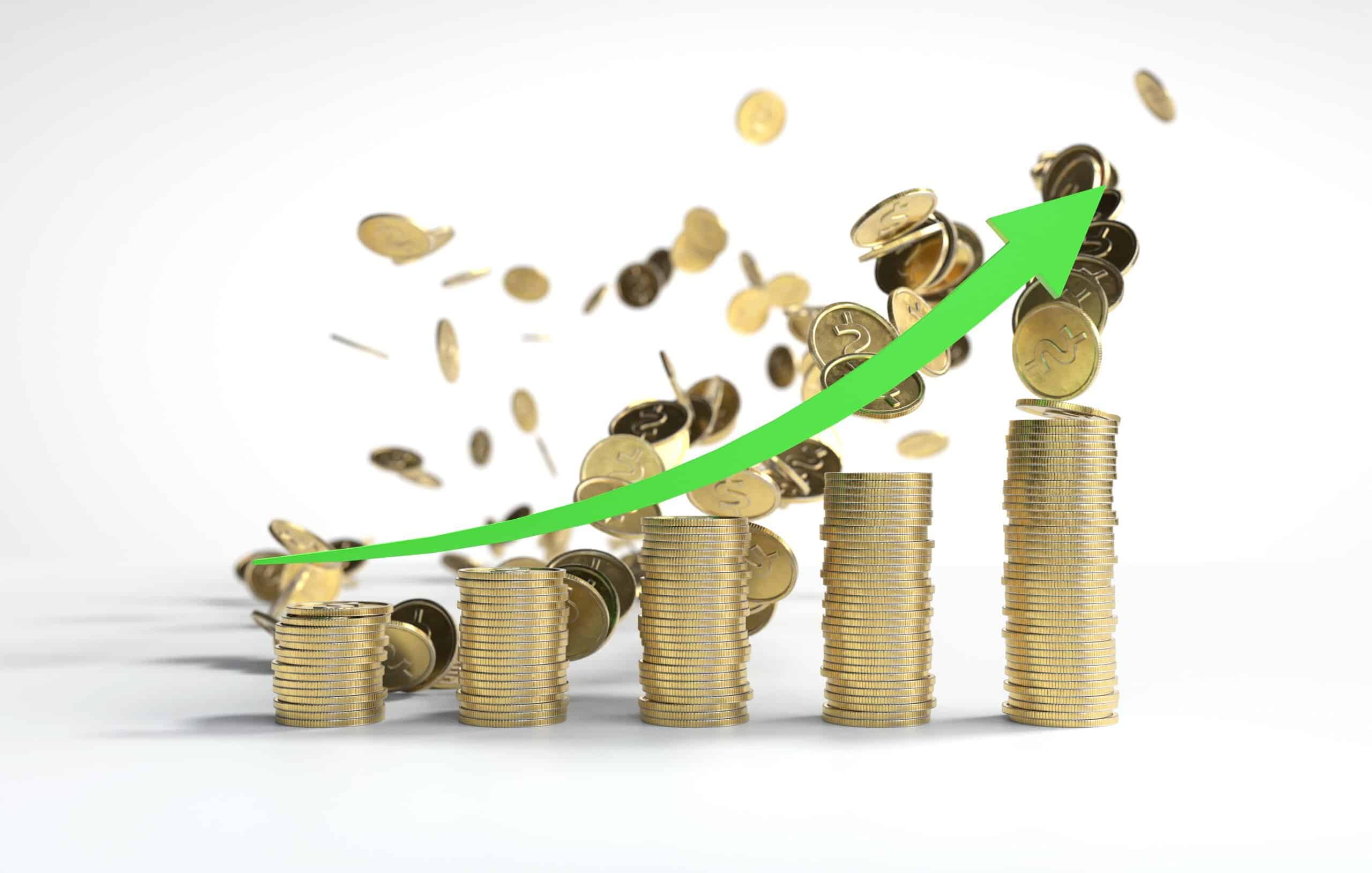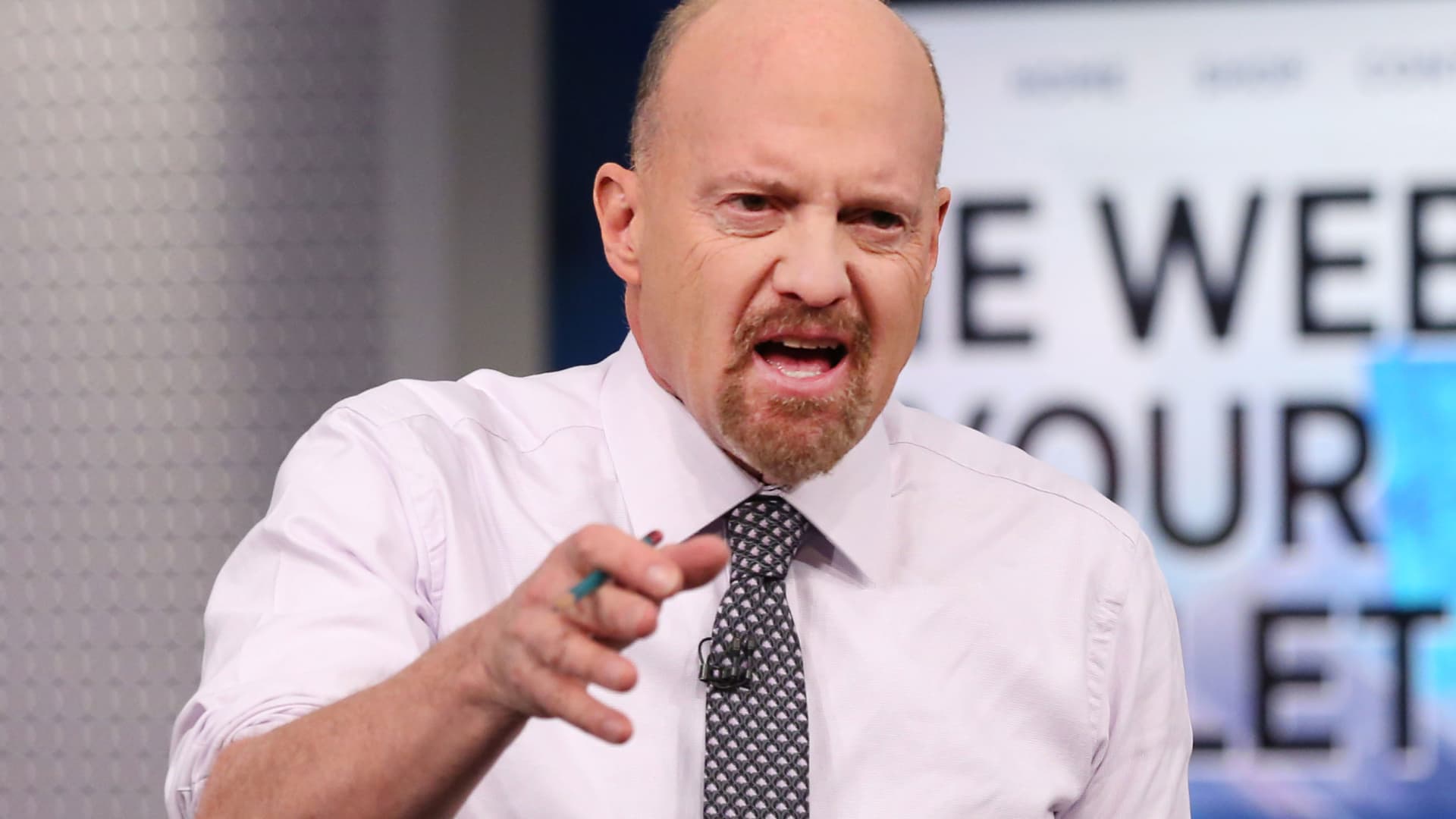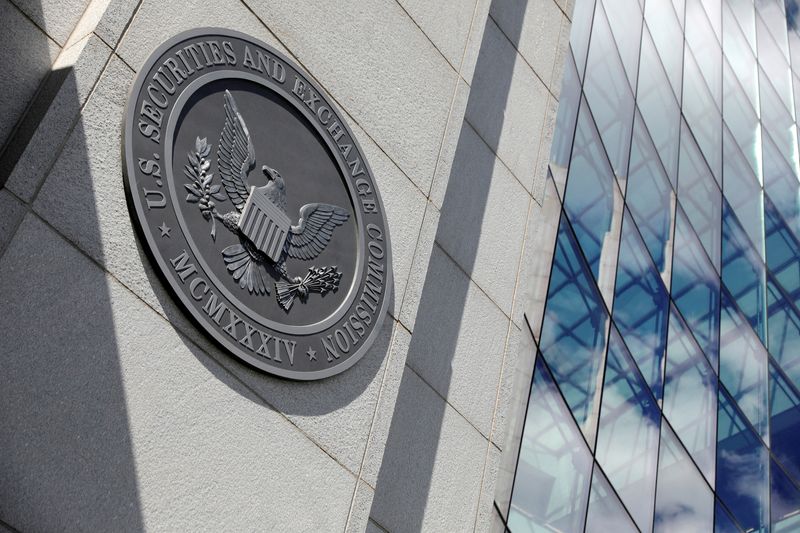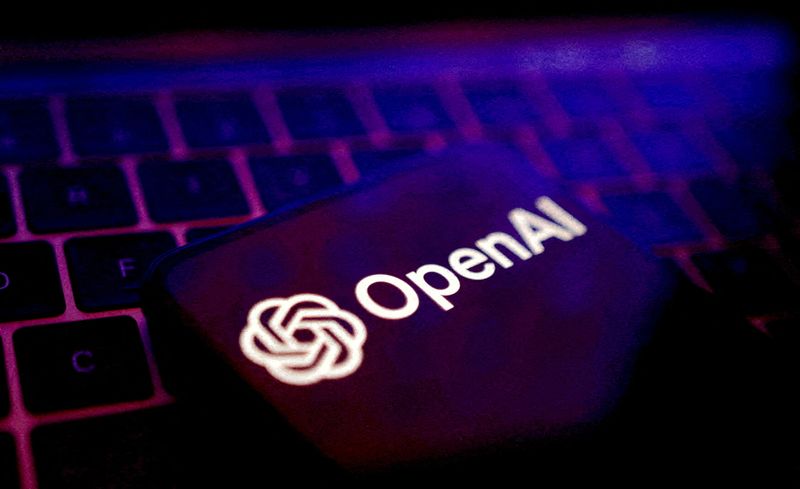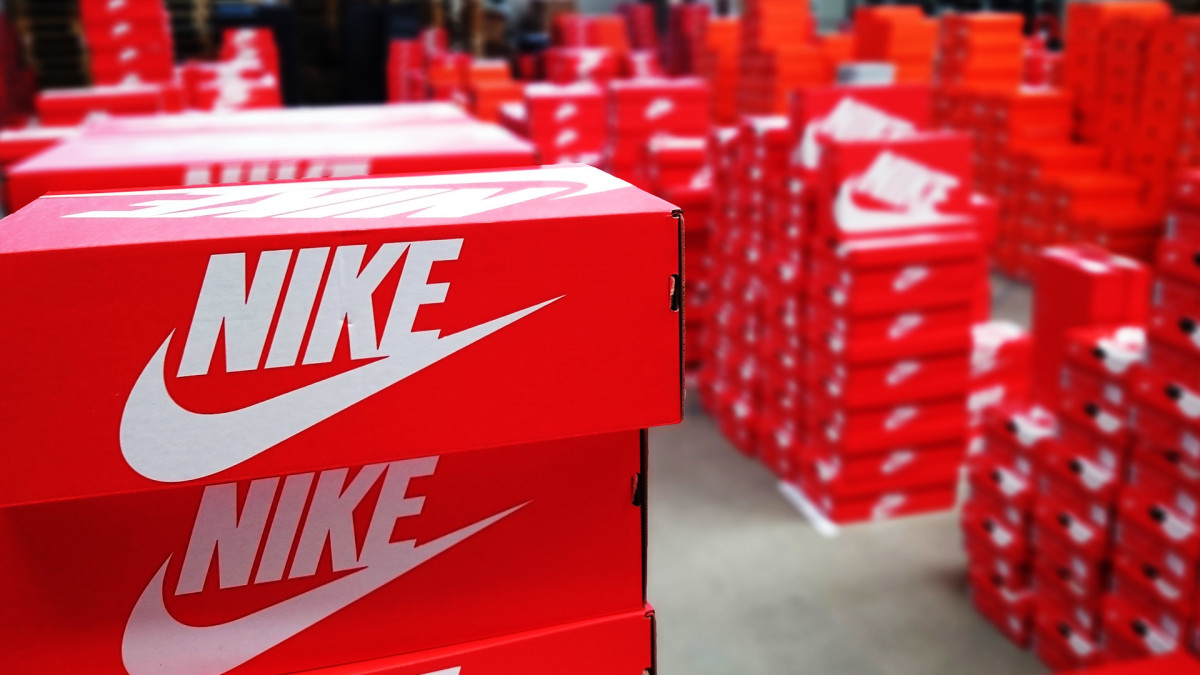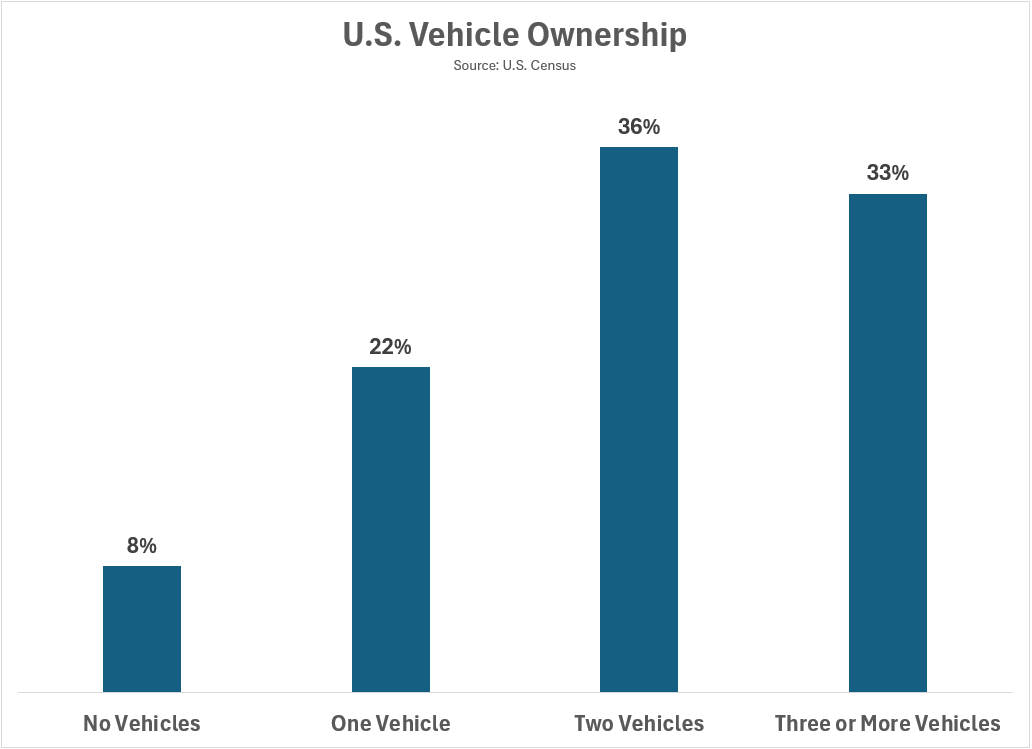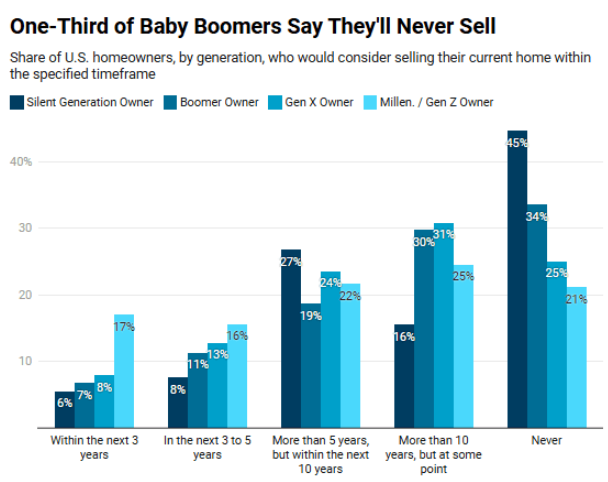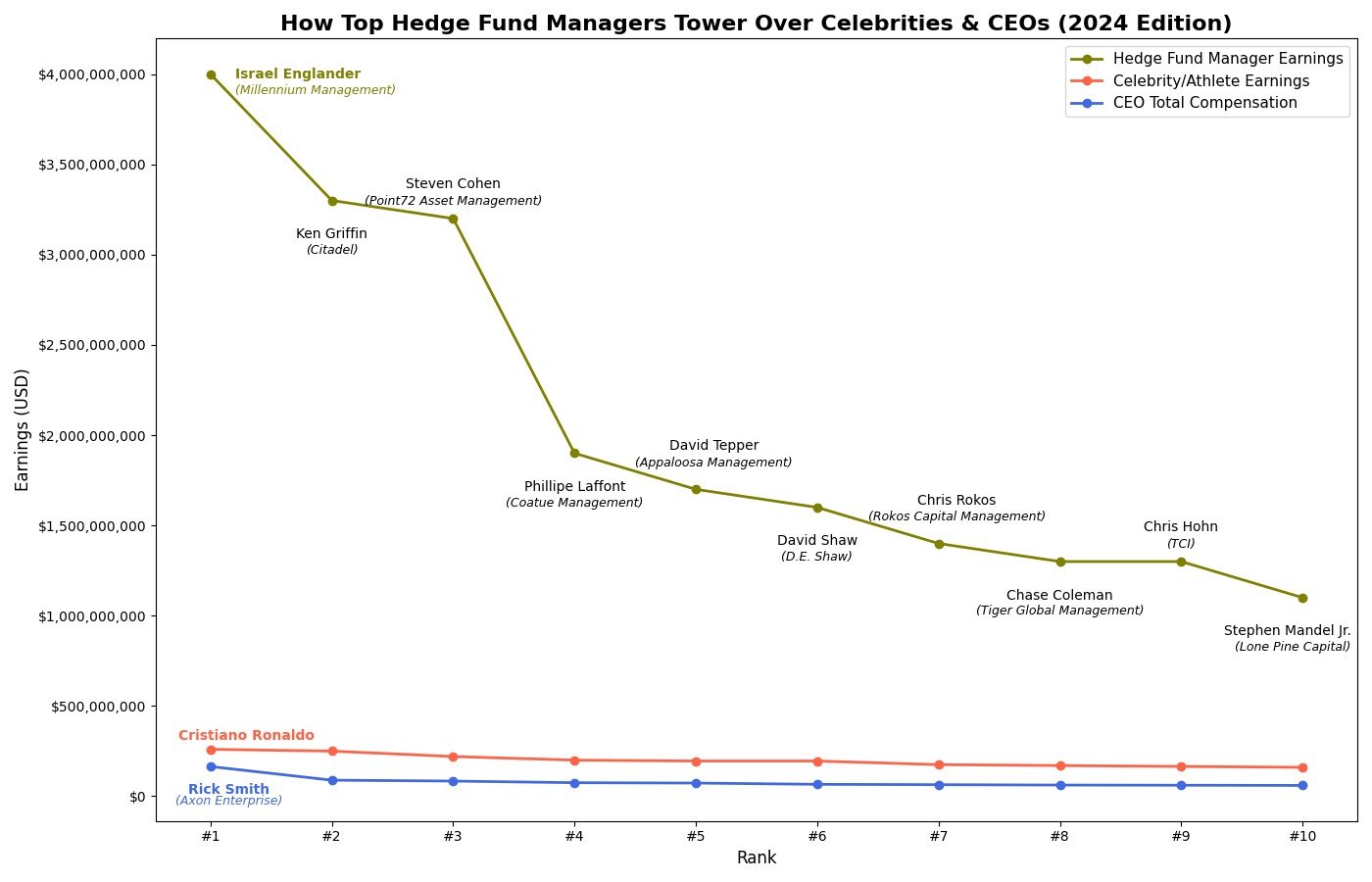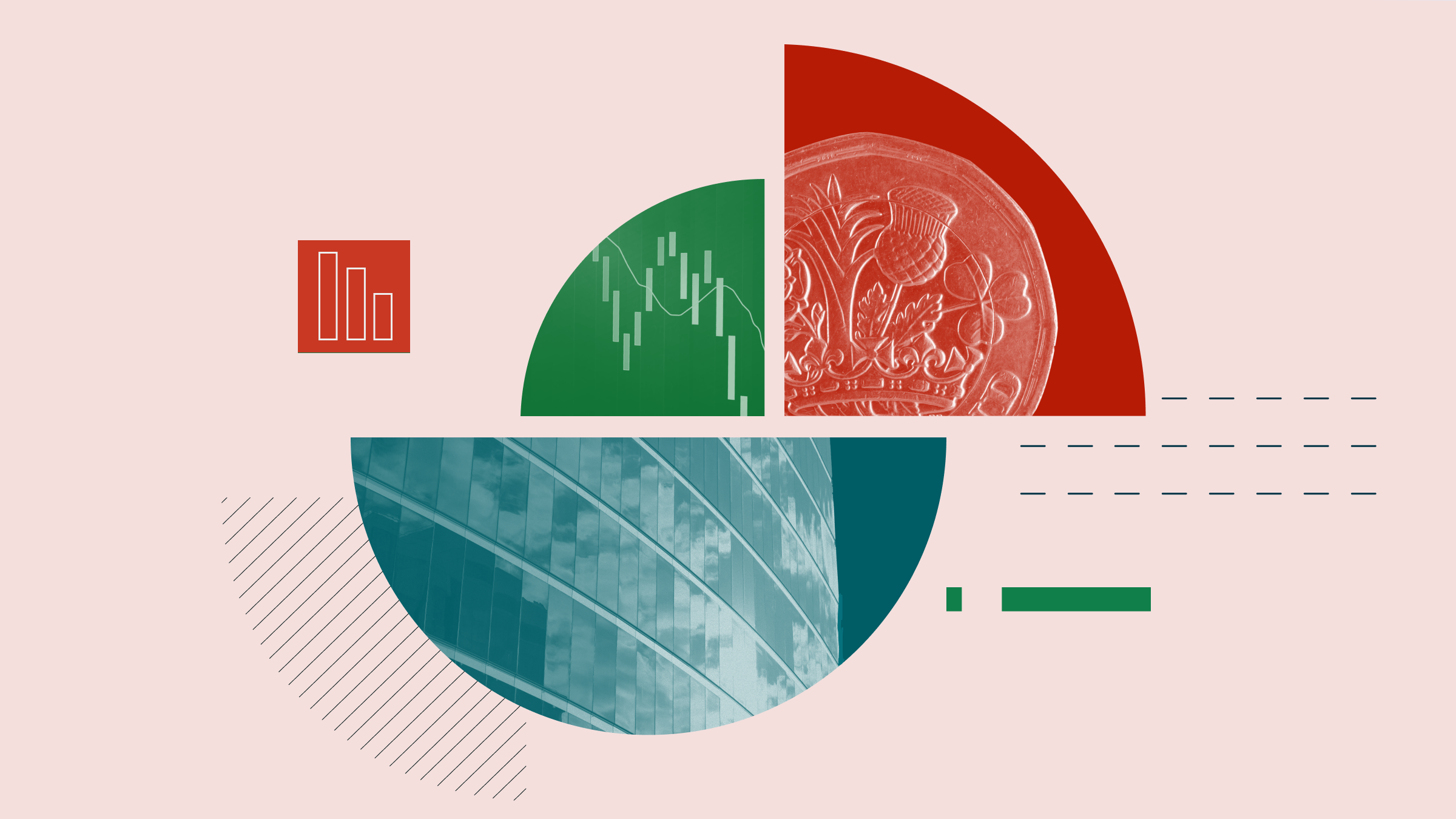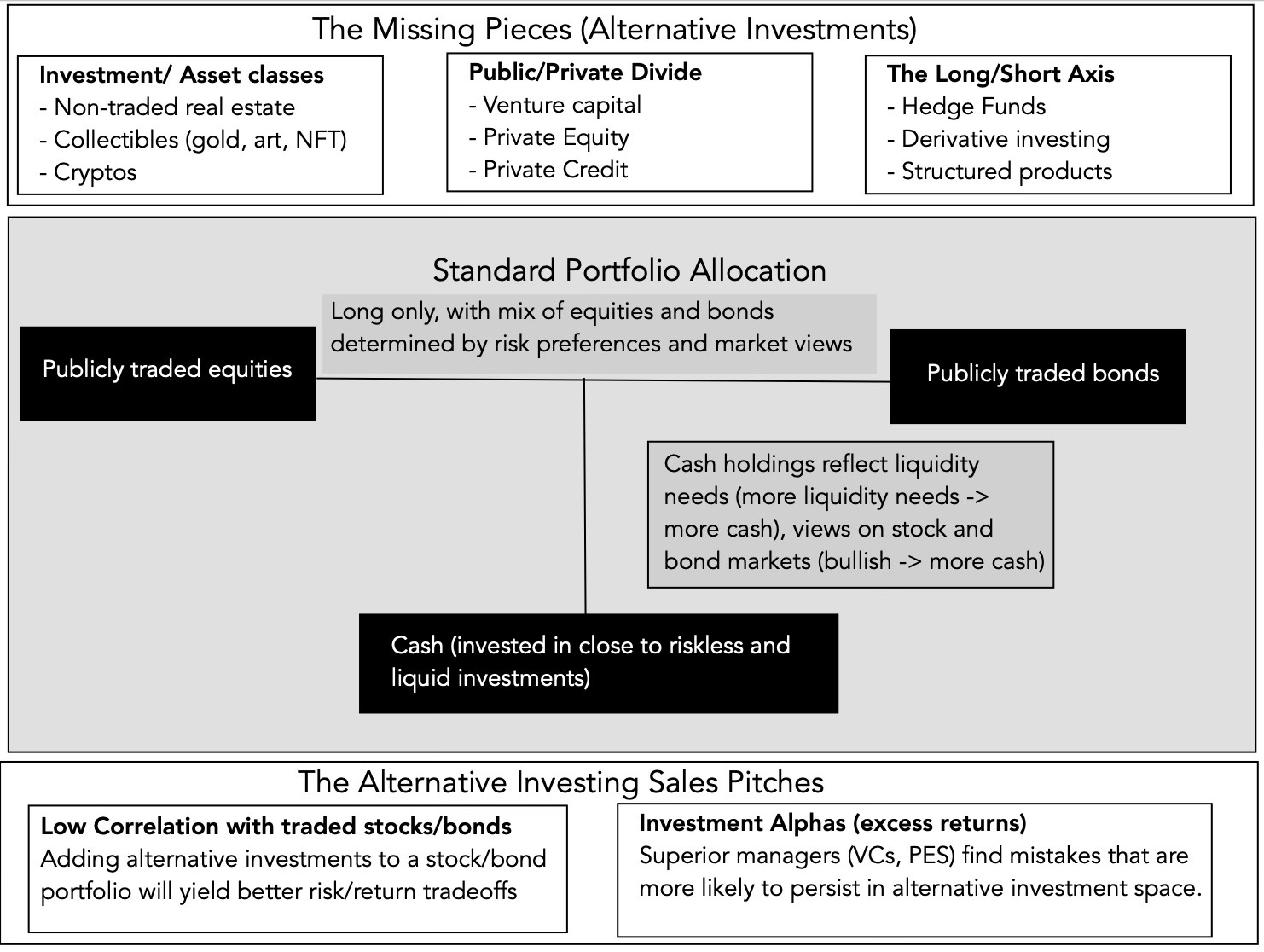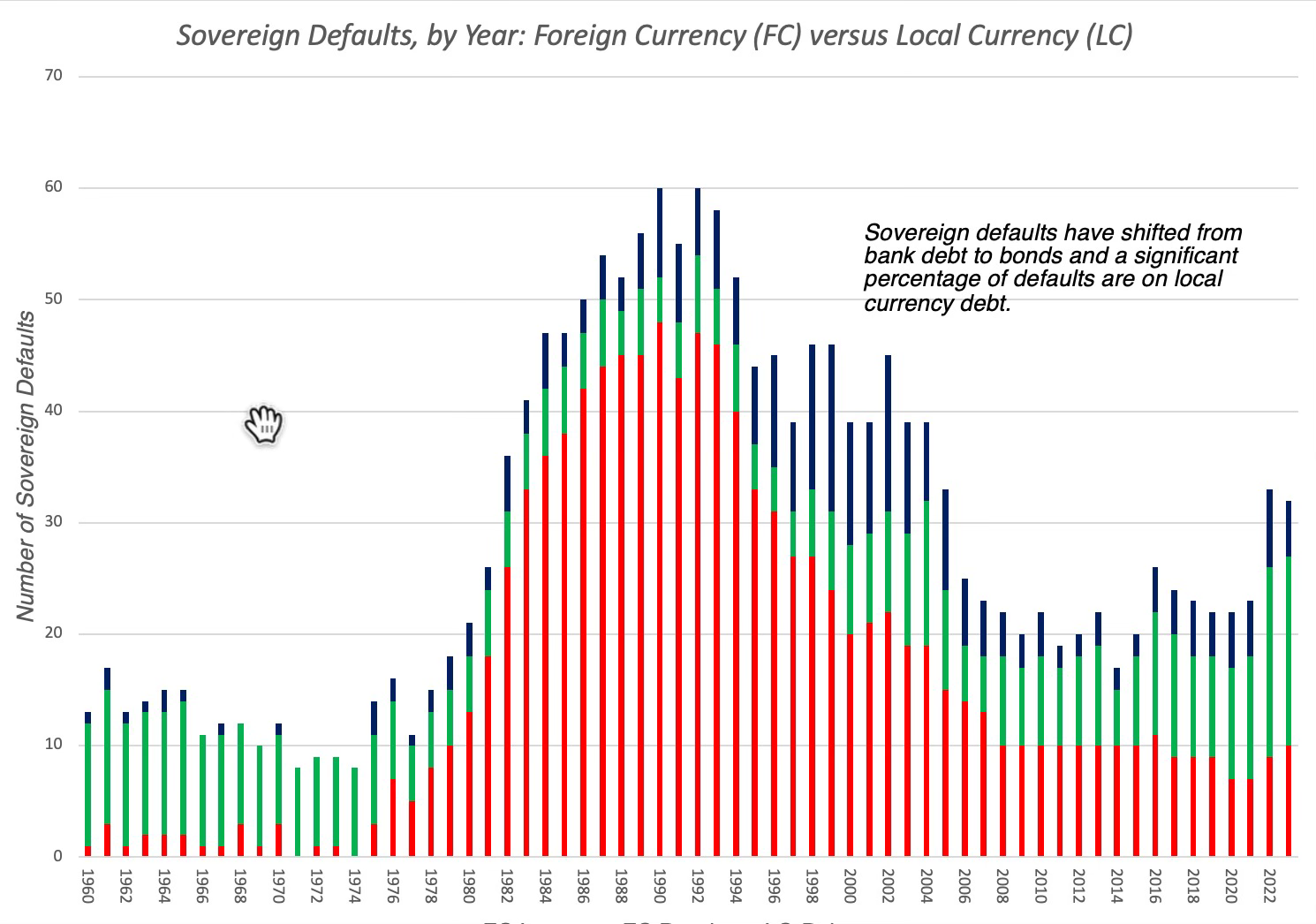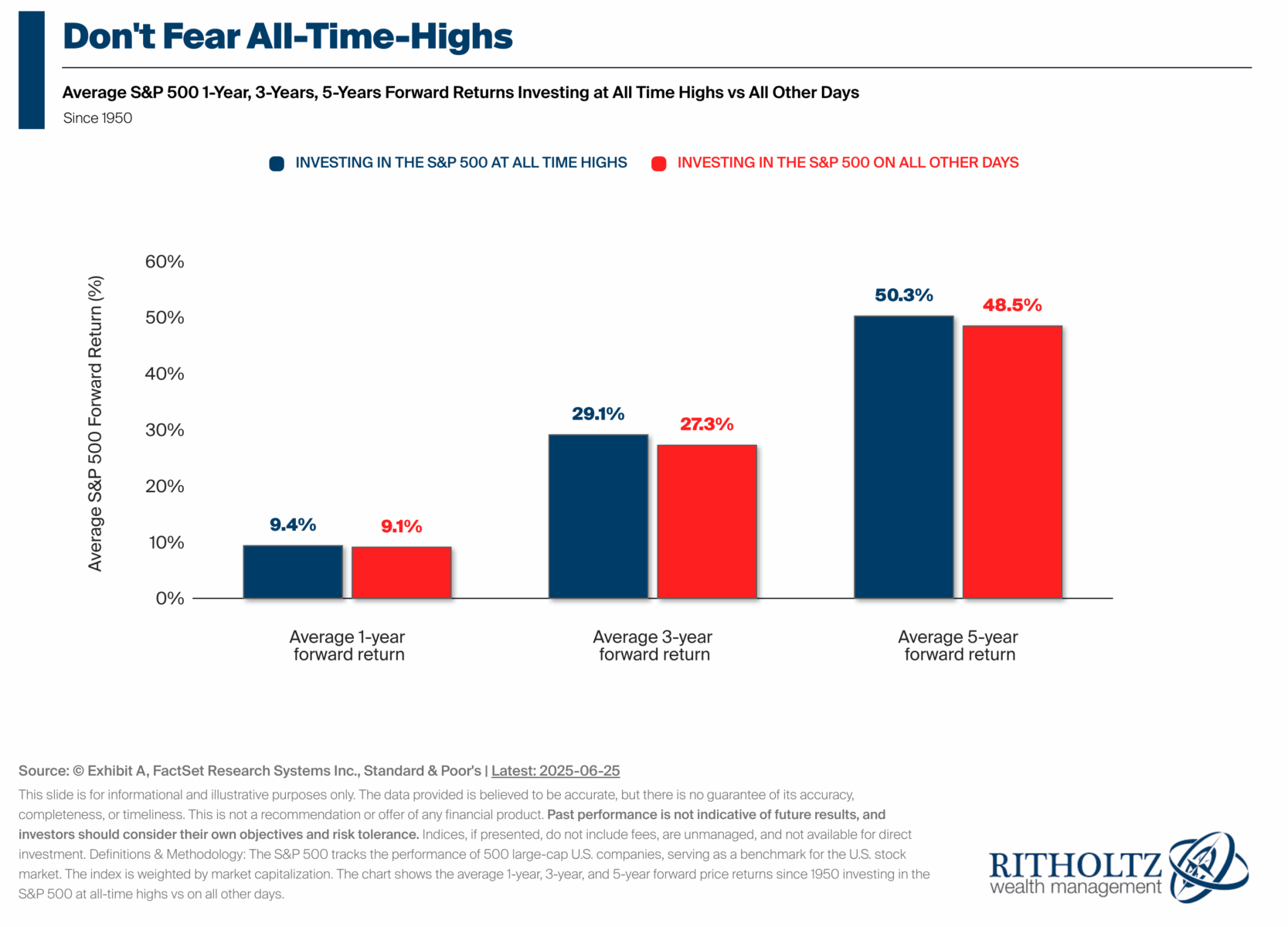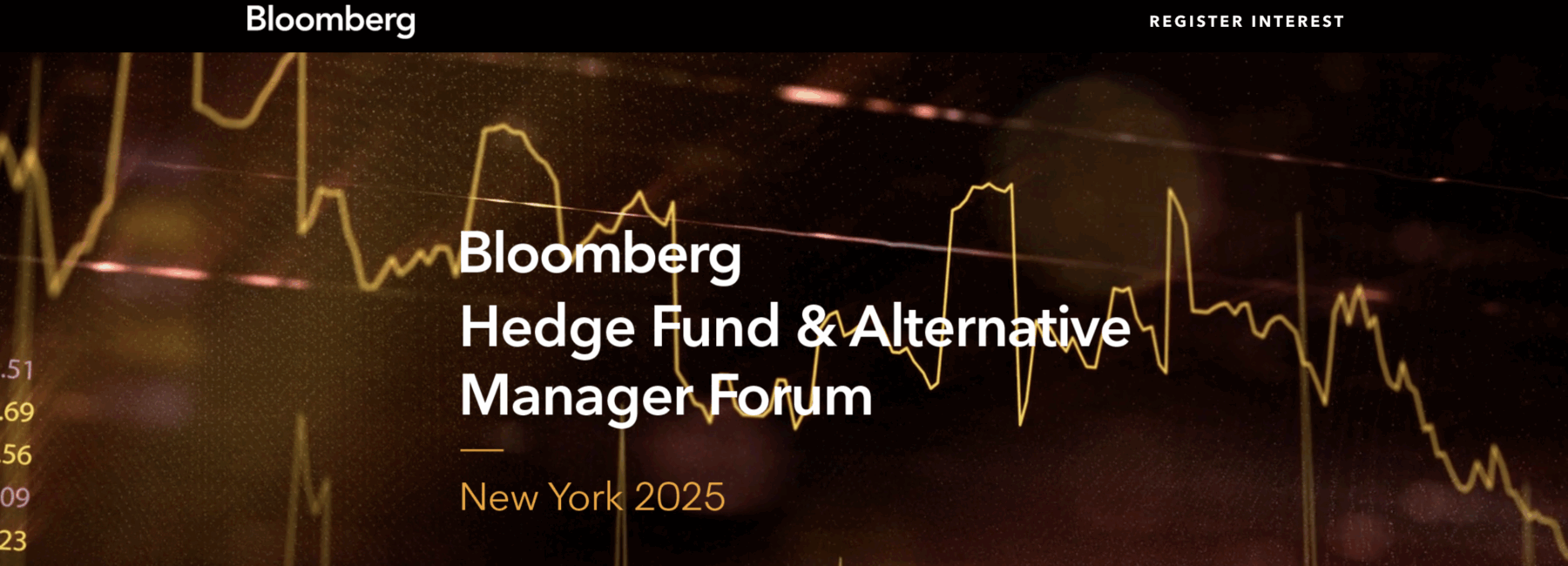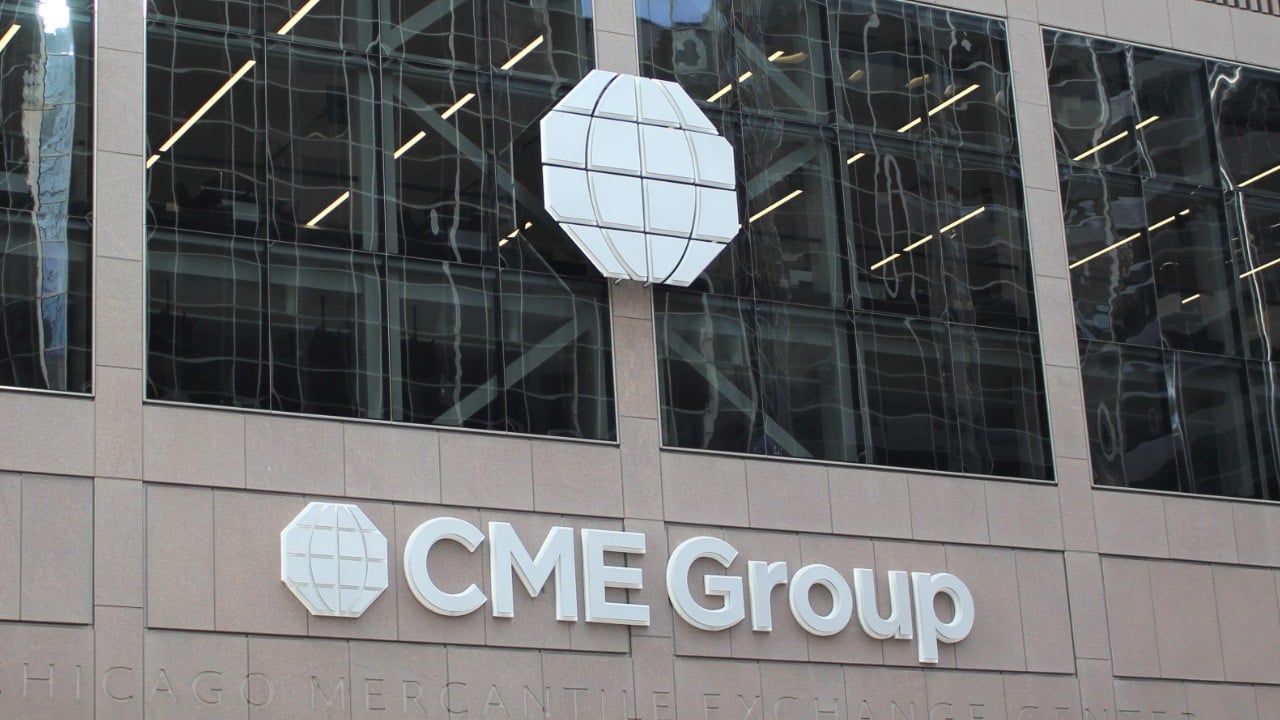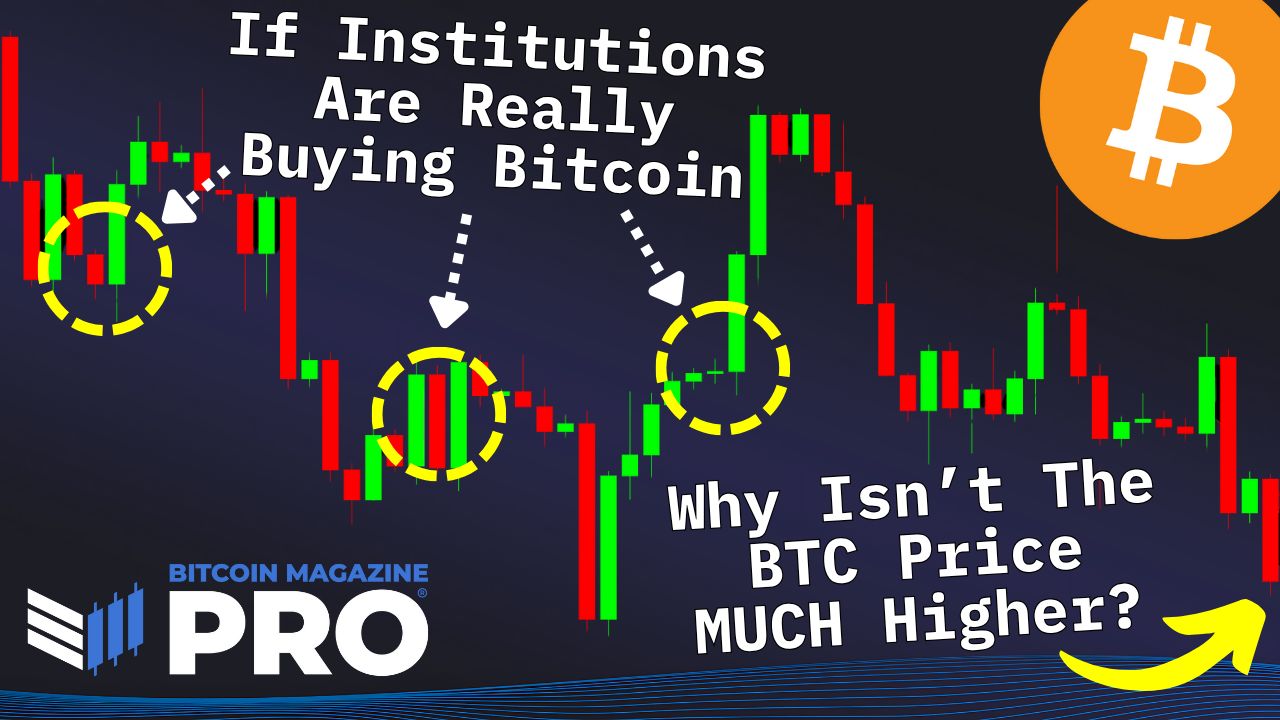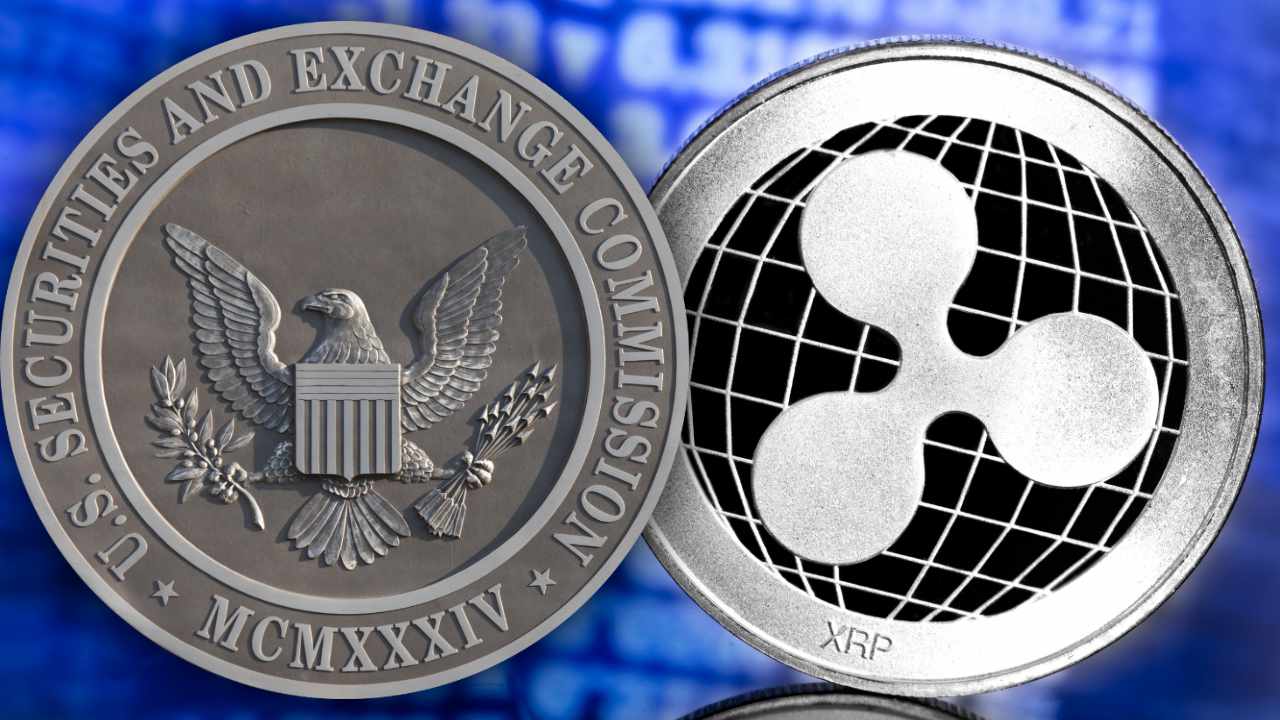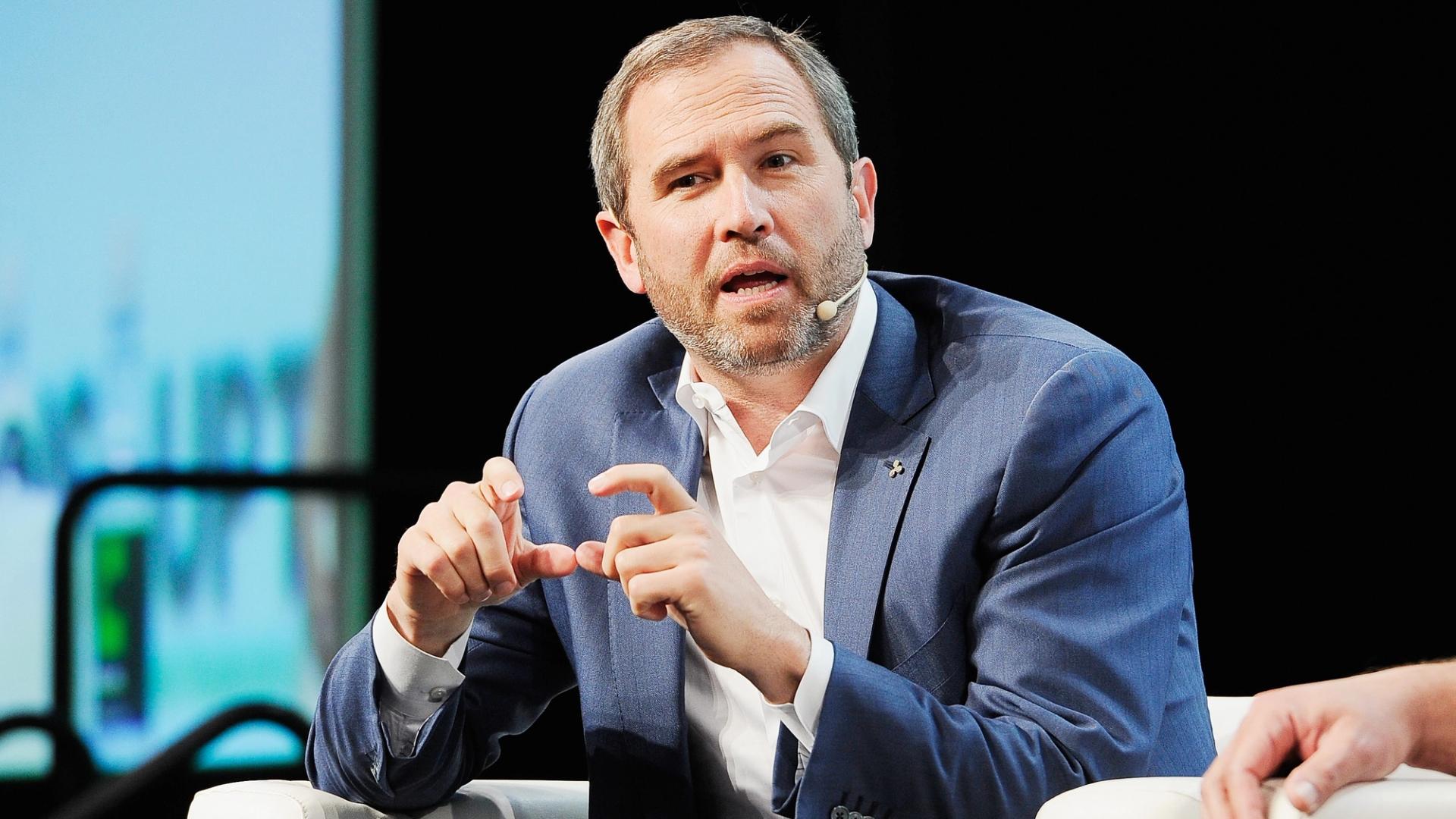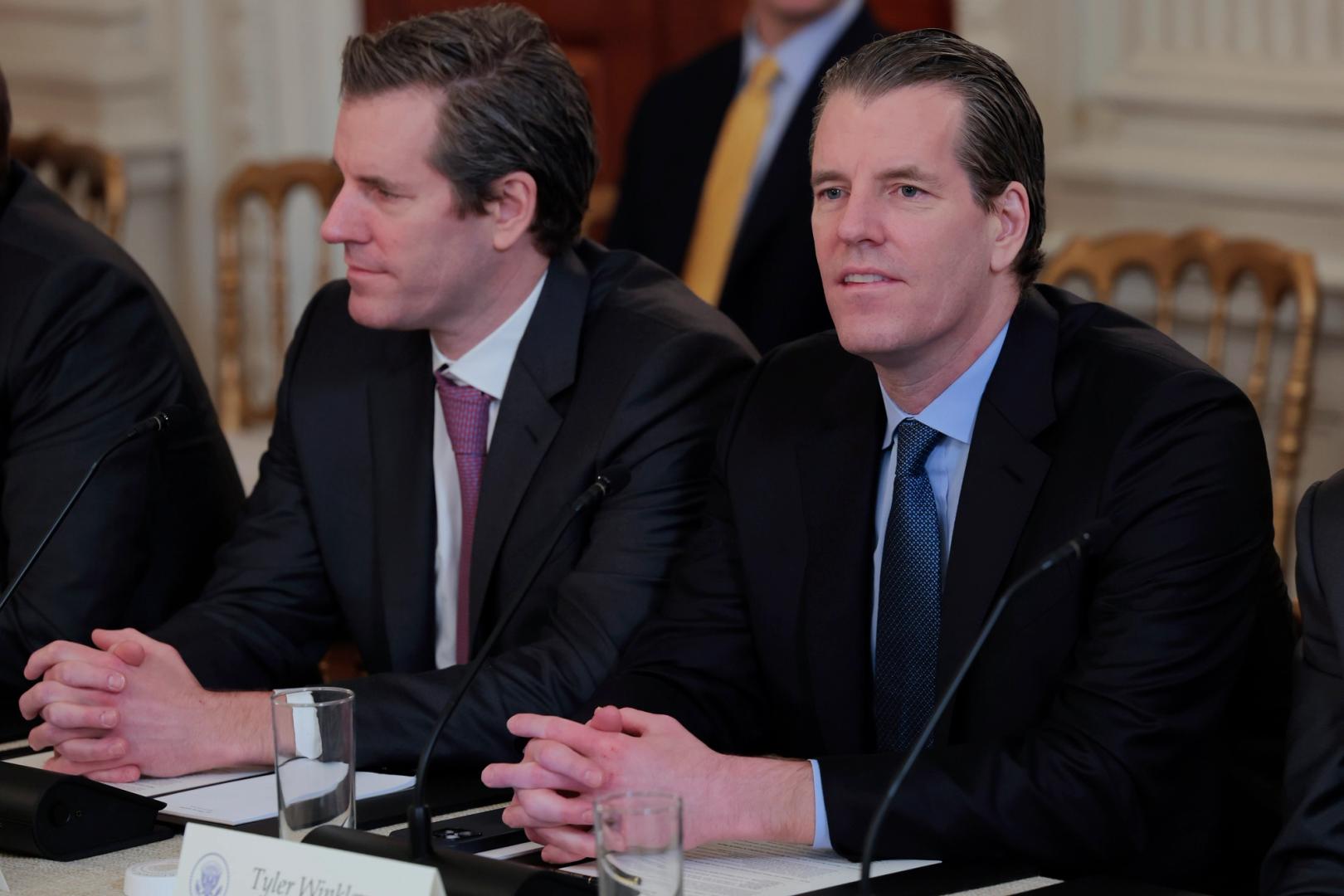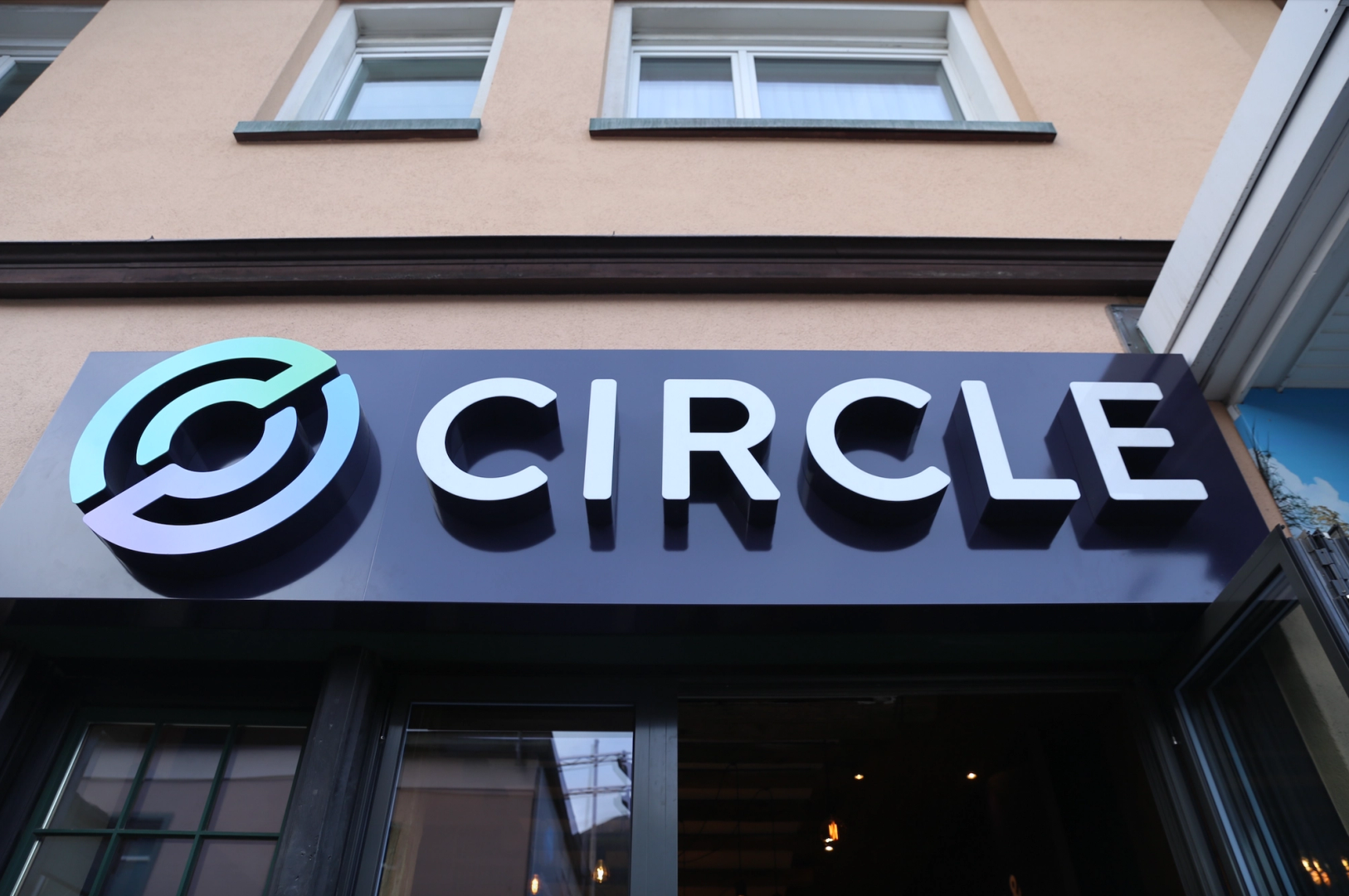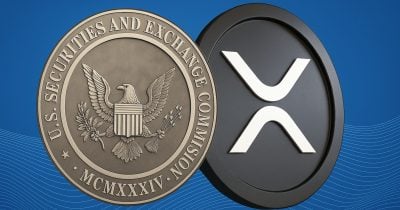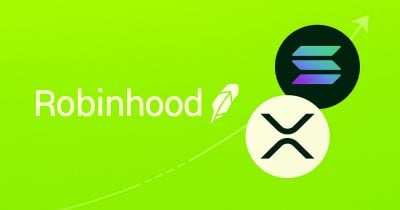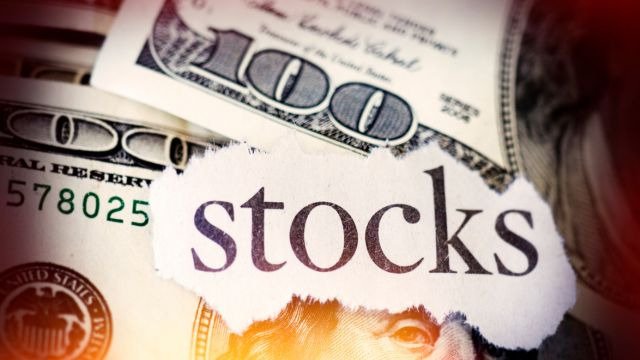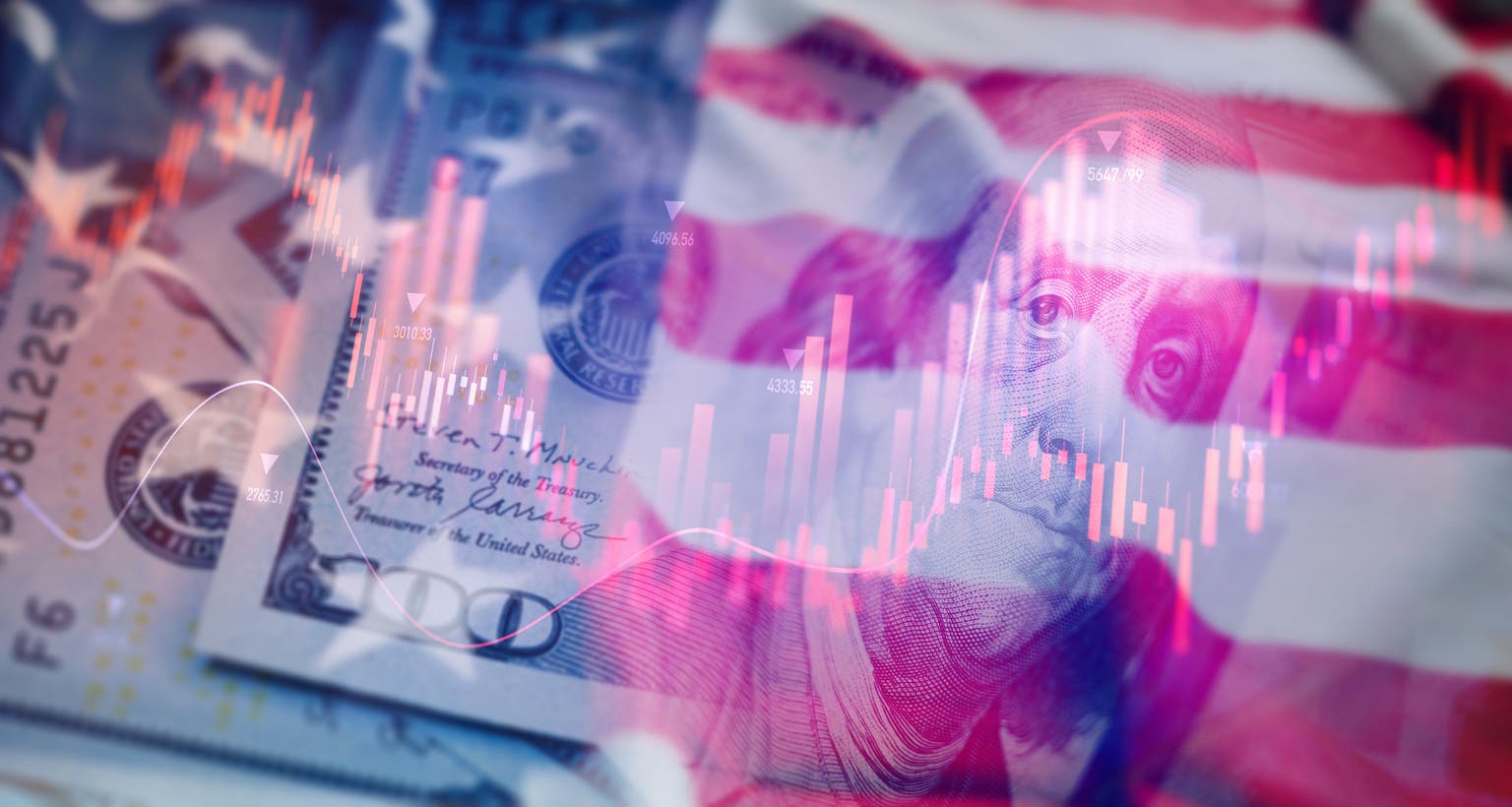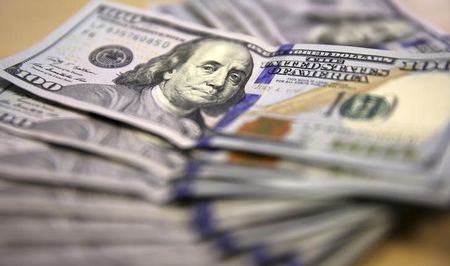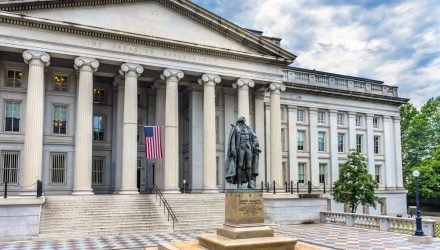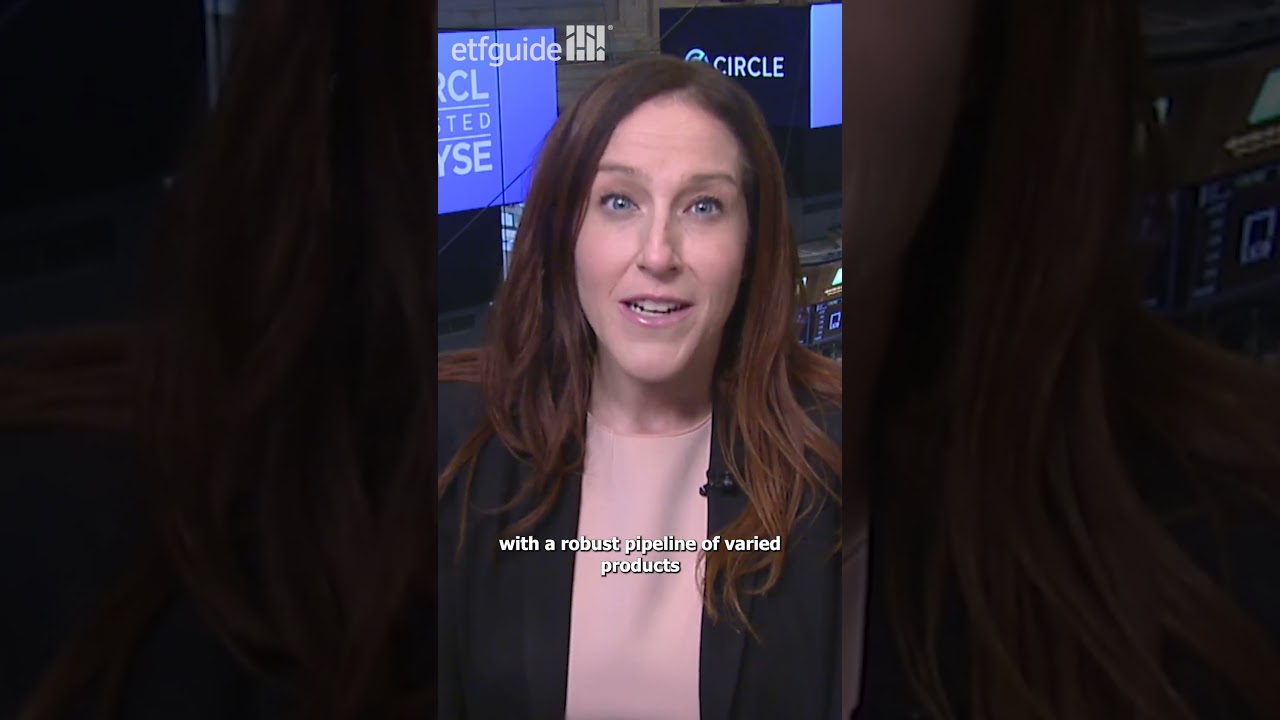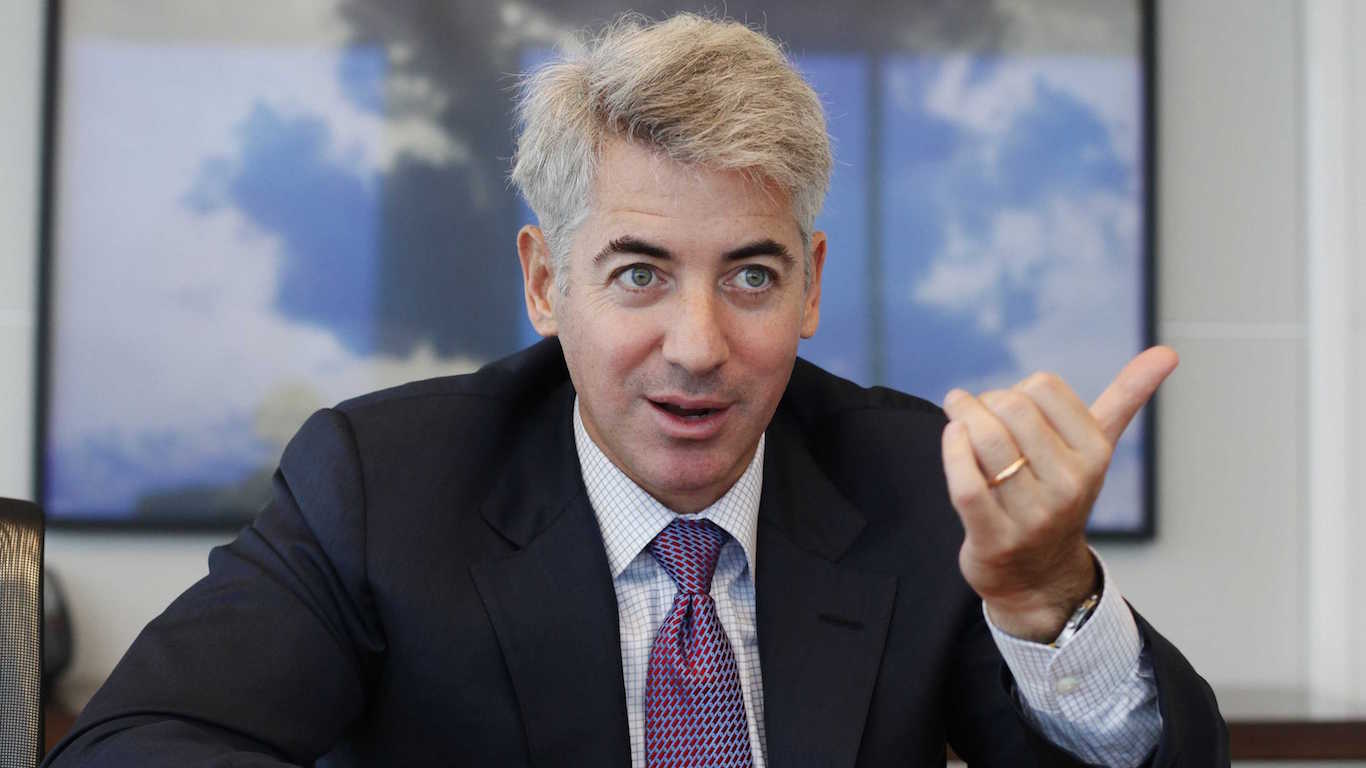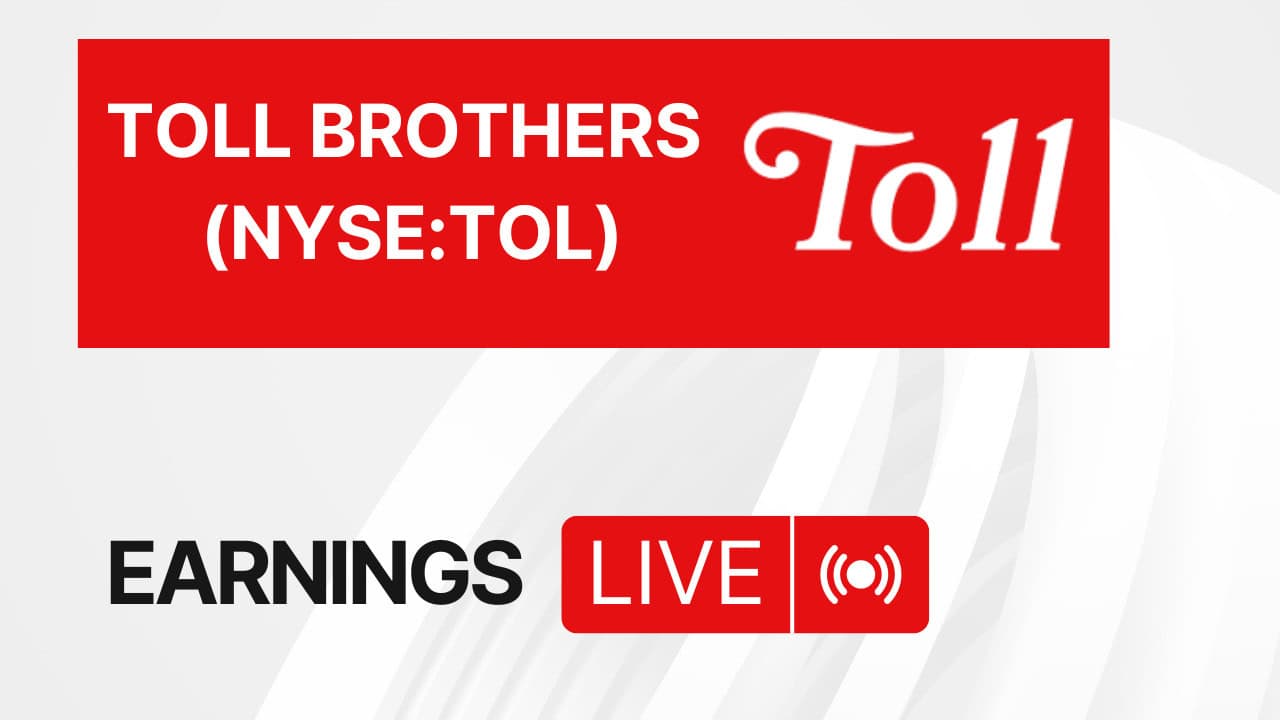Baby Boomers: 4 Schwab ETFs for Passive Income and Stability in Retirement
Investing in exchange-traded funds is a safe and reliable way to ensure steady returns amid market volatility. The ETFs pay regular dividends, which offer a stable source of income during retirement. Since they spread the investments across multiple stocks, they reduce the risk of company-specific volatility. Social Security will never be adequate to help you […] The post Baby Boomers: 4 Schwab ETFs for Passive Income and Stability in Retirement appeared first on 24/7 Wall St..
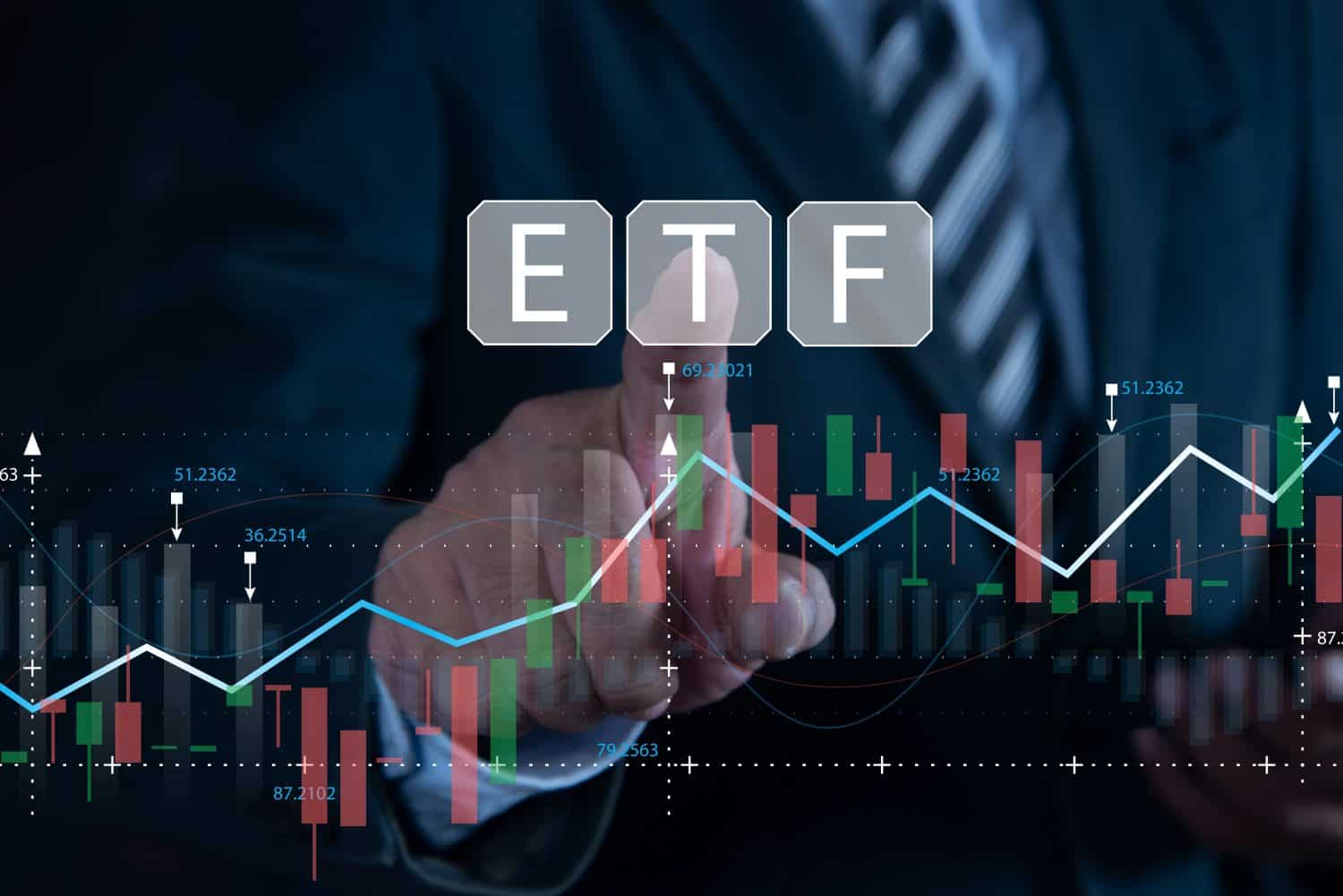
Investing in exchange-traded funds is a safe and reliable way to ensure steady returns amid market volatility. The ETFs pay regular dividends, which offer a stable source of income during retirement. Since they spread the investments across multiple stocks, they reduce the risk of company-specific volatility. Social Security will never be adequate to help you get through the golden years, but the right investment can make the journey easier.
Key Points
-
For investors seeking passive income in retirement, here are four solid Schwab ETFs to consider.
-
These low-cost ETFs are low risk, have generated steady returns in the past and have a high ROI.
-
Are you ahead, or behind on retirement? SmartAsset’s free tool can match you with a financial advisor in minutes to help you answer that today. Each advisor has been carefully vetted, and must act in your best interests. Don’t waste another minute; get started by clicking here.(Sponsor)
There are hundreds of dividend stocks in the market, and they have provided consistent returns even during market volatility. They outperform the non-dividend stocks and generate impressive returns over the years. If you are keen on investing in ETFs, Charles Schwab is known for some of the best-performing ETFs. Here are the top four ETFs for enjoying passive income in retirement.
Schwab U.S. Dividend Equity ETF
One of the best funds by Schwab, the Schwab U.S. Dividend Equity ETF (NYSE ARCA: SCHD) is a low-cost fund with a dividend yield of 4%. The fund tracks the Dow Jones U.S. Dividend 100 Index, and its biggest holdings are in the energy sector (21.08%), followed by consumer staples (19.06%) and healthcare (15.68%). Its 3-year annualised return is 4.61% and its 5-year annualised return is 12.73%.
SCHD has 103 blue-chip stocks, including dividend-paying companies like AbbVie, Chevron, Verizon Communications, and Coca-Cola. The fund is up 51% in five years, and down 5.9% year-to-date. However, it has recovered the losses in the past month and has soared 5.4%. The NAV of the fund is $25.64, and it only invests in companies with a 10-year history of paying dividends. This ensures that the dividends remain steady, no matter the market movement.
The fund has an expense ratio of 0.06% and the assets under management are $66.91 billion. SCHD underwent a 3-for-1 stock split in October 2024, which is rare for an ETF. The fund increased the payout by 22% in the recent quarter.

Schwab Fundamental U.S. Broad Market Index ETF
The Schwab Fundamental U.S. Broad Market ETF (FNDB) is ideal for retirees seeking steady passive income. The fund tracks Russell RAFI U.S. Index and invests in large U.S. companies based on their sales, dividends, and cash flow. FNDB invests in companies based on their fundamental size and weight.
It holds 1,669 stocks, including the Magnificent Seven stocks Apple, Meta Platforms, and Microsoft. The top 10 stocks constitute about 19% of the fund. FNDB has a dividend yield of 2.7% and has a five-year annualised return of 16.44%. The NAV of the fund is $22.43, and it has remained flat year-to-date.
Its biggest holdings lie in the financial sector (17.76%), followed by the technology sector (14.94%) and healthcare (12.19%). The heavily diversified fund offers broad exposure and reduces sector-specific risks. Its biggest stock holdings are in Apple Inc. (3.74%) and Microsoft (2.69%).
FNDB has an expense ratio of 0.25% and $838.71 million in assets under management. While its expense ratio is higher and dividend yield is lower than SCHD’s, it offers exposure to a larger number of stocks and has a higher annualised return.

Schwab US Large-Cap Growth ETF
The Schwab U.S. Large-Cap Growth ETF (NYSE:SCHG) tracks the Dow Jones U.S. large-cap growth market index. It picks from the 750 largest U.S. companies based on the market cap and invests in the top blue-chip names. The fund has 229 shares and invests about 44.97% of the total fund in the information technology sector. This is followed by consumer services (12.93%) and consumer discretionary (12.55%).
Its largest holding is in Microsoft Corporation (10.53%), followed by Apple Inc. (9.63%) and Nvidia (9.37%). SCHG has a low expense ratio of 0.040% and has generated an annualised 3-year return of 16.72% and a five-year return of 17.92%. Since the fund heavily focuses on the technology sector, it carries the sector specific risks.
SCHG has an NAV of $26, up 12.12% in 12 months and down 6.6% year-to-date. The fund has lost half of its value since the start of 2025, and this could be due to the uncertainty around tariffs and the volatility impacting tech stocks. In the long term, the technology sector will continue to expand, and this will allow SCHG to increase dividends. If you are focusing on growth and can handle sector-specific risks, this is the ETF to pick. It has a strong ROI history and a dividend yield of 0.45%.
Schwab U.S. Mid-Cap Index Fund
The Schwab U.S. Mid-Cap Index Fund is a great fund that invests based on the market-cap of the companies. It goes beyond the large-cap companies and focuses on mid-cap companies. This means greater diversification and more stocks to choose from. The fund tracks the Russell Midcap Index and invests in the lower 80% of the companies in the Index.
It has 799 stocks and a low expense ratio of 0.04%. The fund’s 3-year annualised return is 7.04% while the 5-year annualised return is 12.93%. SWMCX has a dividend yield of 2.67%. The NAV of the fund is $65.39, and it is up 4.22% in 12 months. The fund is ideal for investors looking beyond the large caps for diversification and capital appreciation.
The fund is heavily focused on the financial and industrial sectors, both are indispensable for the country. It invests 16.92% in financials and 16.53% in Industrials. This is followed by 13.06% in information technology and 10.09% in consumer discretionary.
Since it focuses on mid-cap stocks, you will not see Magnificent Seven here. Instead, it will have several growth stocks with a significant upside potential. Its largest holding is in Palantir Technologies at 1.53%, no other stocks have a weightage higher than 1%.
The post Baby Boomers: 4 Schwab ETFs for Passive Income and Stability in Retirement appeared first on 24/7 Wall St..





